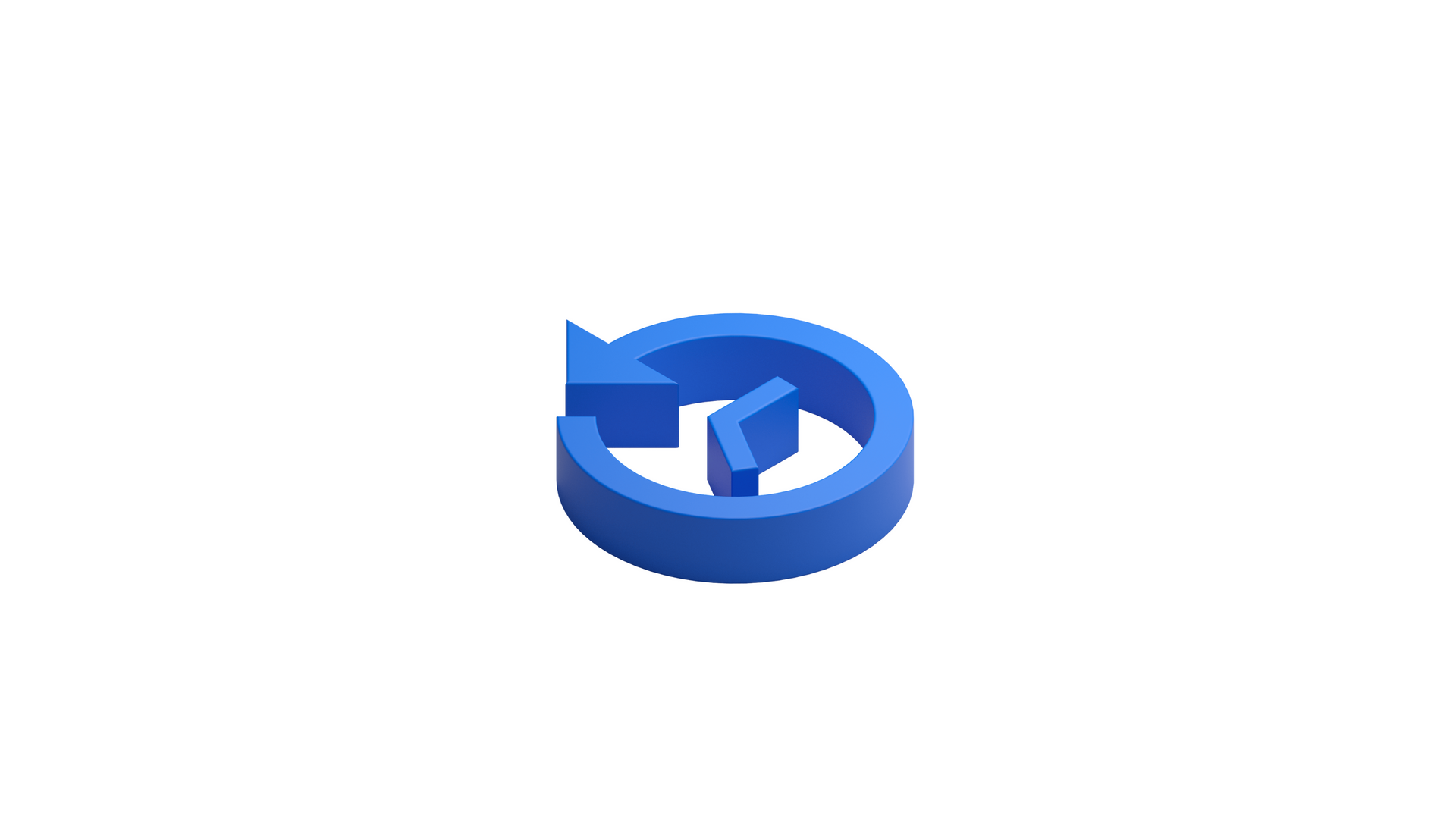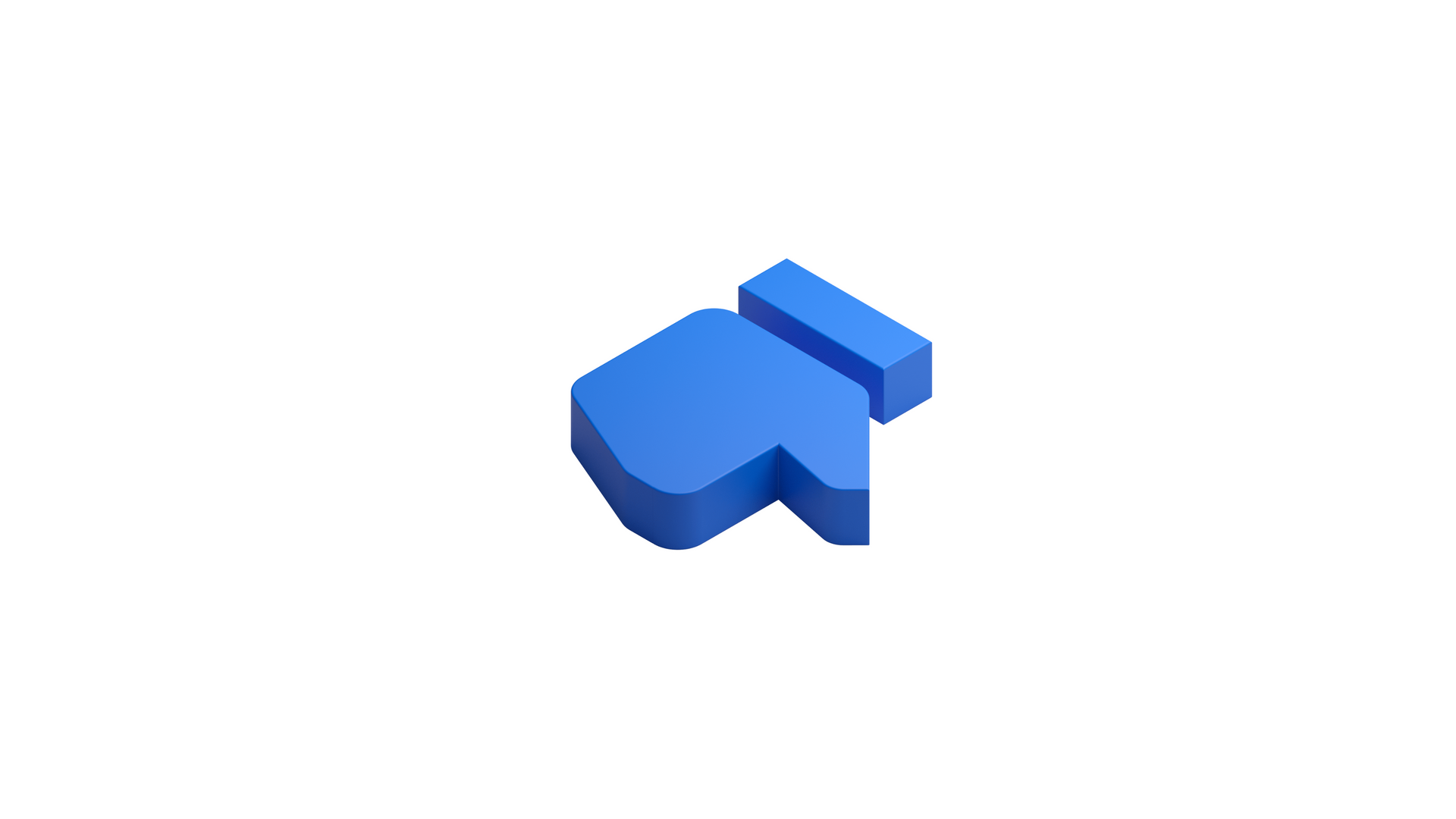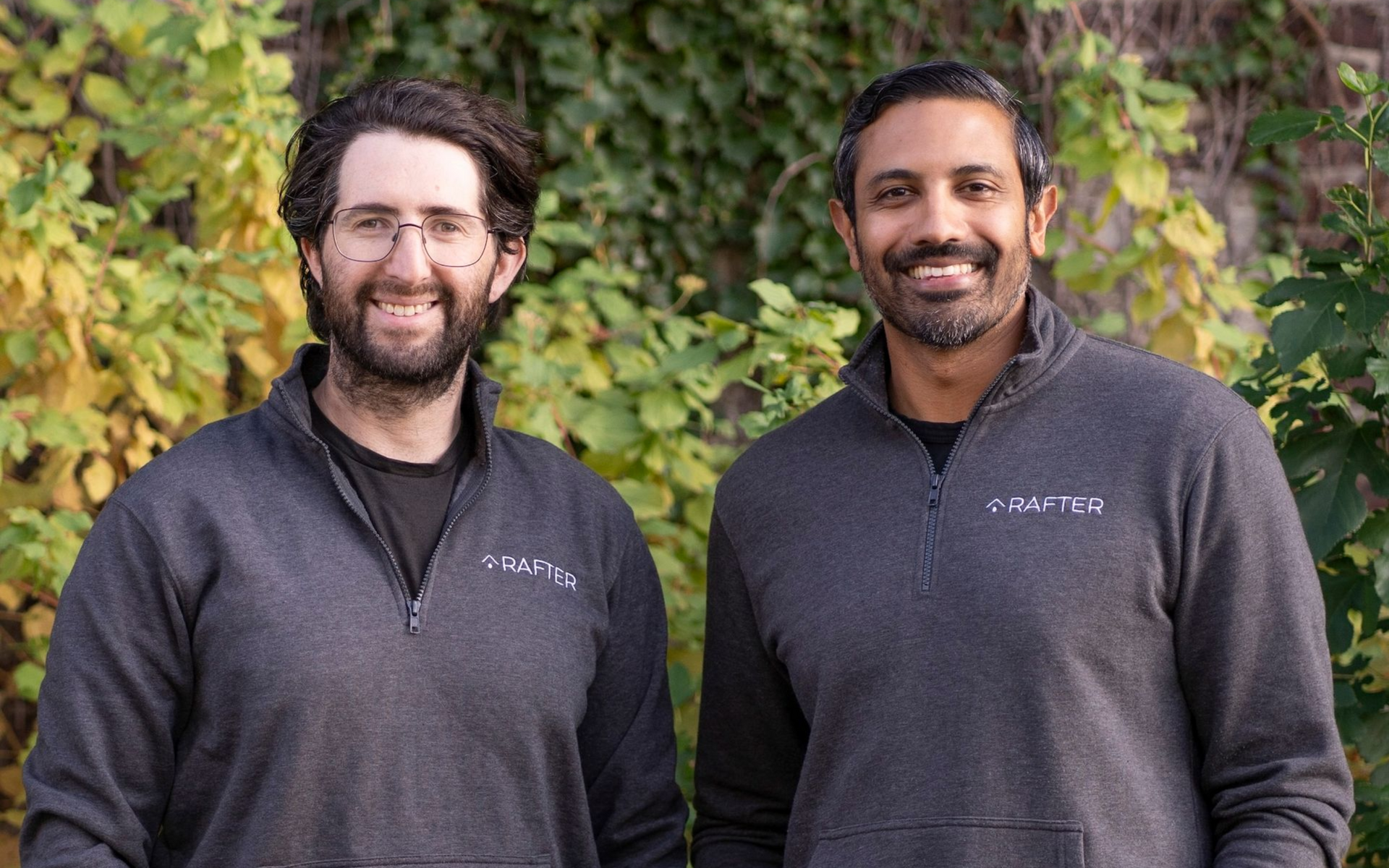Blog

Insurance has long been a backstop—visible at purchase or at claim, but largely absent in between. T hat reactive model often leaves carriers competing on price, rather than demonstrating value. A proactive approach changes the equation: higher retention, lower loss ratios, and stronger reputation. Why Waiting is Risky In a reactive system, homeowners are expected to spot problems early. But homeowners don’t always have the tools or guidance to spot subtle risks, such as: A slow leak under the sink that warps flooring An aging hose behind an appliance ready to burst A faint ceiling stain signaling roof damage A clogged dryer vent that could ignite a fire By the time these issues surface, the claim is larger, disruption is greater, and the insurer is positioned only as a payer of losses—not a partner in prevention.

What if many of the most costly claims could be avoided before they happen? Across the insurance industry, forward-thinking carriers are showing that prevention is not just possible—it’s practical. By providing homeowners with smart devices, timely reminders, and accessible preventive services, insurers are helping reduce common risks and avoid unnecessary losses. The result: fewer claims, lower costs, and stronger customer trust. The Bill We Keep Paying Water damage drives an estimated $28 billion in residential claims each year. Research suggests that many of these losses could be reduced with leak detection and shut-off systems ( source ). Simple steps—like replacing aging hoses, cleaning drains, or installing detection devices—can stop small issues before they escalate into costly claims. Fire-related damage is equally significant. In 2023, residential structure fires caused $11.3 billion in direct property damage ( source ). Wildfires added another $5.55 billion in insured losses across all lines in 2024, with a substantial portion affecting homes ( source ). Lightning strikes accounted for an additional $1.04 billion in homeowners claims during the same year ( source ). Combined, these fire- and lightning-related events cost roughly $16 billion annually. Preventive steps such as maintaining functional smoke alarms, routine dryer vent cleaning, creating defensible space in wildfire zones, and using surge protection for electronics can meaningfully reduce these risks. The challenge isn’t just the scale of loss—it’s that preventive infrastructure is not yet widely adopted, and homeowners often lack timely guidance on when and how to act.

Water damage is one of the most common and costly types of residential insurance claims. It often starts small—a loose fitting fixture, a slow drip out of a supply line hose—but left undetected, it can quickly spiral into thousands of dollars in repairs, weeks of disruption, and stress for the policyholder. Yet not every water damage story ends in a claim. Sometimes, a timely intervention changes the outcome entirely. A Leak That Never Became a Claim During a routine Rafter self-assessment, a small puddle under a member’s refrigerator revealed that the water supply line was actively leaking. It was a small, steady flow—just enough to saturate the floor over time. Had it continued unnoticed, it could have warped hardwood, damaged cabinetry, and led to mold growth, pushing repair costs much higher. Instead, the issue was spotted early. The homeowner was immediately connected to a trusted specialist who fixed the problem the same day. No damage, no claim, no disruption. The homeowner avoided stress and expense, while the insurer benefited from avoided costs.

According to a January 2025 survey by Leaf Home in partnership with Morning Consult, nearly 70% of homeowners worry about unreliable contractors, and 41% report being deceived by service providers. Meanwhile, a SuretyNow study revealed that only 35.6% of homeowners “completely” trust contractors to deliver on time and on budget—while more than half say they only “somewhat” trust them, and 13% say they don’t trust contractors much—or at all. This disconnect—high demand for help paired with low trust in providers—points to a structural gap in the way home care is delivered. The Everyday Strain of Home Care Homeownership today means managing a web of systems—plumbing, roofing, HVAC, appliances—all demanding maintenance at different times. Without a guidebook, many homeowners feel lost. Top homeowner pain points include: Not knowing what maintenance tasks to prioritize or when to do them Difficulty finding trustworthy providers for urgent or specialized work Confusion over costs and fear of being overcharged Overwhelm when coordinating multiple providers for different needs Limited preventive guidance—help usually comes only after a problem has already occurred

Auto insurance transformed when Safe Driver programs rewarded policyholders for better habits and helped carriers control losses. That shift didn’t just reshape pricing, it reshaped trust, retention, and claims economics. Now, homeowners insurance faces its own inflection point. The pieces are in place for a Safe Home model—one that uses technology, data, and preventive engagement to reduce losses, improve loyalty, and strengthen the economics of the line. The opportunity is both an imperative and a pathway forward, and Rafter is building the operating system to make it real. The Auto Precedent Safe Driver programs didn’t emerge in a vacuum. They came about because the auto insurance market was under strain. Loss costs were climbing. Rising medical bills, more expensive repairs, and distracted driving made profitability difficult. Traditional rating factors were blunt. Age, credit, and ZIP code were imprecise proxies, drawing scrutiny from regulators and consumers alike. Technology matured. OBD-II dongles, GPS, and eventually smartphones made it possible to measure actual driving behavior in real time. The combination of pain and possibility unlocked a new model. Carriers could segment risk more precisely, price more fairly, and influence behavior to reduce claims. The result: safer drivers, stronger margins, and a model that became mainstream.

Establishing A New Paradigm For Homeowners Insurance Homeownership should feel safe and empowering. Instead, it’s often overwhelming—and far too often, catastrophic. Last year alone, over $47 billion in preventable losses hit U.S. homeowners from water damage, fires, natural disasters, and equipment failures. Behind every number is a family disrupted, a home damaged, or a memory lost. And insurers are left carrying the financial burden of claims they know could have been avoided. We started Rafter with a bold vision: to flip the model from reactive to proactive, and to build a future where homes protect the people inside them. That means building what we call Loss Prevention OS —a platform for home protection that benefits both homeowners and insurers. For families, it means less stress and fewer disasters. For insurers, it means fewer claims, lower loss ratios, stronger retention, and better data visibility across their portfolios. By combining smart technology, trusted service providers, and proactive support, we align incentives on both sides and prove that prevention works at scale. Learning From Homeowners, Building for Scale From day one, we made a deliberate choice: start by working directly with homeowners. We wanted to deeply understand their challenges, earn their trust, and design solutions that truly simplify their lives. Over the past two years, we’ve worked with hundreds of families to do exactly that—guiding them through everything from identifying hidden risks to fixing the issues that mattered most. That experience gave us more than proof—it gave us conviction. Conviction that proactive home protection works. Conviction that families everywhere deserve the same peace of mind. And conviction that insurers are the natural partners to bring this vision to scale. Insurers share our incentive to prevent losses and deliver better homeownership experiences, and they gain the additional benefit of improved economics and deeper policyholder relationships. Now, we’re transforming those early lessons into a national platform. We’re building not just for hundreds of homeowners, but for millions—together with the insurers who protect them. And while our reach expands, our focus remains razor sharp: the homeowner always comes first. Partnering to Make Prevention the Standard The scale of the challenge is massive—$47 billion in preventable losses every year—and so is the opportunity. We believe the future of homeownership is proactive, not reactive. Our vision is bold: every home equipped to anticipate and prevent problems before they happen. By partnering with insurers, we can accelerate that future—reaching millions of families while creating shared value across the entire ecosystem. Together, we can turn prevention into the new standard of homeownership: reducing claims, lowering costs, strengthening retention, and unlocking new insights that reshape the economics of insurance. Our north star is clear: a world where every homeowner feels confident their most important investment—their home—is always protected. Turning Prevention Into the New Standard Most solutions in the market react after damage is already done. Rafter is different—we are built on prevention and alignment with homeowners and insurers from the ground up. Here’s why it works: Homeowner-centric : Designed specifically around the homeowner—simple, intuitive, and personalized at every interaction. Detection → Execution : End-to-end support. We identify risks, actively address them through expert guidance and hands-on support, and validate resolution. AI-powered + Human touch : We leverage advanced AI to enhance predictive accuracy, while ensuring personalized human advisory is always available. Gamified incentives : We motivate preventive behaviors through rewards, challenges, and measurable benefits that make proactive care easy and rewarding. Scalable by design : Built to support any homeowner, regardless of geography, type of home, or risk profile. In many ways, Rafter is the plug-and-play equivalent of a safe-driver program for homeowners insurance—aligning incentives, proving prevention works, and making protection second nature. The Bigger Picture At the end of the day, this isn’t just about technology or insurance. It’s about protecting families, preserving memories, and making the places we call home safer and stronger. We started Rafter because we care deeply about those things—for ourselves, for our communities, and for the generations to come. The $47 billion problem we set out to solve is massive, but so is the opportunity. By making prevention the new standard in homeownership—together with our insurance partners—we can reduce losses, lower costs, and deliver peace of mind at scale. That’s the future we’re building toward: a future where every home protects the people inside it. We’re excited to share more of this journey with you. As we grow, we’ll continue to open up about what we’re learning, what we’re building, and why it matters. Thanks for being with us. The best is yet to come. — Anil & Marcus Co-Founders, Rafter

Smarter Service, Stronger Relationships: How Insurers Can Deepen Policyholder Trust and Risk Insight
The Missed Frontier in Insurance Innovation Technology has transformed many aspects of the property insurance industry. Pricing is increasingly precise. Underwriting is faster and more data-informed. Claims processing is often more automated than ever before. Yet, in one critical area, little has changed: the experience of the homeowner. For most policyholders, their insurance company is something they interact with only when something goes wrong. That interaction, unfortunately, often feels impersonal or adversarial. A problem has occurred, a claim is filed, and a process begins, one that may be unfamiliar, confusing, or frustrating for the customer. This is more than a customer service issue. It's a missed strategic opportunity. When the only engagement between a policyholder and their insurer happens during or after a loss, the relationship is, by design, reactive. It leaves value on the table for both parties in preventable loss, unaddressed risk, and unrealized trust. The Reality at Home: A Complex System with Little Support Ask a typical homeowner about managing their home and you’ll often hear some version of this: “I had no idea how much there was to stay on top of.” And it's true. A single-family home is a highly complex asset made up of dozens of systems and hundreds of components: plumbing, HVAC, electrical, appliances, roofing, safety equipment, and more. Each comes with its own maintenance schedule, potential failure points, and safety implications.

The Cost We Keep Paying Each year, the U.S. property and casualty (P&C) insurance industry pays out over $100 billion in residential claims. Fires, water damage, windstorms, and theft represent not only financial losses but deeply disruptive experiences for homeowners. What’s striking isn’t just the scale of the problem, it’s how much of it could be avoided.

The Hidden Cost of Household Risk Each year, the U.S. insurance industry pays out tens of billions of dollars in residential property claims. Fires caused by lint-clogged dryer vents. Water damage from aging hoses or unnoticed leaks. Structural issues from overgrown trees or failing sump pumps. These incidents are widespread, yet many of them are also preventable. Insurers have invested heavily in smarter pricing models, improved catastrophe modeling, and AI-powered analytics. These tools are powerful. But when it comes to what's actually happening inside the homes we insure, there’s still a major gap: We can’t see what’s happening until it becomes a claim. A Familiar Challenge: Insuring What You Can’t See For most carriers, each home in a portfolio is still something of a mystery. We may know the square footage, the year it was built, and how far it is from the coast. But we don’t know if the smoke detectors are working. We don't know if the dryer vent is at high risk for clogs and fires. We don’t know whether aging plumbing parts are quietly degrading behind the walls. These kinds of home maintenance blind spots are often the root cause of costly claims, but they remain invisible in the traditional insurance model. To move the industry forward, we don’t just need better data, we need more meaningful visibility into the real-time condition of the homes we insure, along with effective communication to the homeowner on how to prevent any safety hazards in their home. A New Layer of Insight: Bringing the Home into Focus To better manage loss, carriers need a view of the home that goes beyond one-time underwriting snapshots. That starts with two categories of insight that have historically been missing but are increasingly possible to surface: Home Condition Visibility: What’s Happening Right Now? This includes practical, safety-relevant signals that help answer key questions like: Are there visible safety risks like missing smoke detectors or aging water heaters that the homeowner needs to know about? Are the most common sources of claims (fire, water, freeze, intrusion) being proactively addressed? Are the correct preventative measures taken and the right support staff engaged to address issues? These are missed opportunities to not only reduce insurance claims, but also to improve safety in the home. With the right support, many homeowners would take these actions happily. But without guidance, they often go overlooked. Home Care Patterns: What Can We Learn About Behavior and Risk? Just as important is understanding the context: What’s the general condition and age of key systems like HVAC, plumbing, or the roof? Has the homeowner recently completed work or maintenance on the home? Are there signals that the homeowner is actively engaged in keeping the home safe and well cared for? Has the homeowner been able to find the correct service providers for tasks? None of this data needs to be invasive or overreaching. When structured and shared with care, it paints a fuller picture that benefits both insurer and insured. It enables smarter risk engagement, personalized service, and, ultimately, fewer claims. What We’re Seeing in the Field At Rafter, we’ve completed hundreds of in-home assessments, and the patterns are consistent:
